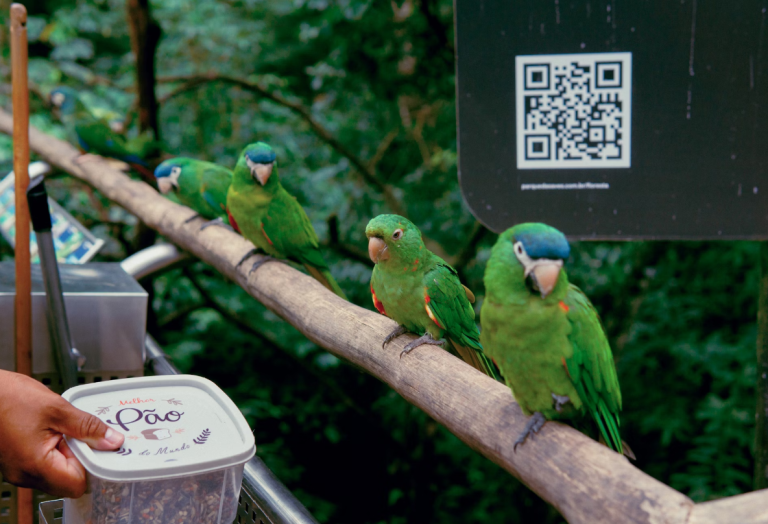Some features arrive with fanfare; the important ones tend to land with a quiet sense of relief. OpenAI’s latest update adds parental oversight tools for teens using ChatGPT—controls designed to give adults visibility and options without turning the experience into a digital pat‑down. It’s the kind of move that acknowledges a simple truth about modern households: teens are already using AI to study, to write, to cope, to experiment. The question was never “if,” only “how.”
What’s new, in plain language
- Family accounts and teen profiles: Parents can set up managed teen profiles under a shared plan, calibrated by age band. The UI leans more toward “household settings” than a surveillance dashboard: think content filters, chat permissions, and time‑of‑day limits that match routines rather than moral panics.
- Activity visibility with boundaries: Parents see high‑level usage—when and how often ChatGPT is used, the types of features accessed (voice, vision, browsing)—without granular transcript snooping by default. If deeper visibility is enabled, the teen gets a clear banner and a one‑time explainer. Consent isn’t a modal box; it’s the norm.
- Safer defaults for teens: The teen experience ships with stricter content policies, guardrails around sensitive mental‑health queries, and an “ask me why” nudger that explains model refusals in plain English. That small step matters: it turns a block into a teachable moment, not a dead end.
- Education‑first modes: Homework helpers, citations‑on by default, and sourced summaries that encourage checking the original material. The “make it sound human” playgrounds are tuned down; the “show your reasoning and sources” toggles are tuned up. It’s less magic trick, more study partner.
- Share‑back controls: Teens can export conversations to a parent or teacher in one tap, with highlighted claims that need verification. Friction is low on purpose; pro‑social behaviors get adopted when they’re easy.
Design choices that read as lived‑in
- No black boxes: Every limit is explainable in‑app. Hover states and “learn why” links show what’s filtered and how to adjust it. Teens can request changes; parents approve with a tap.
- Safety that scales down: Voice features default to neutral personas; model personalities can’t be swapped to edgy settings without parental OK. Image inputs blur or reject faces by default.
- Time and place: Quiet hours respect sleep. Schooltime modes tamp down on “write my essay” prompts while keeping math steps, coding hints, and study aides first‑class.
- Hand‑offs, not cliff edges: For sensitive topics—self‑harm, abuse, crisis—ChatGPT shifts into a resource‑forward mode that prioritizes helplines and local guidance, with a gentle prompt to talk to a trusted adult. It never tries to be a clinician.
What this does for the household equilibrium
- Gives parents posture, not paranoia: A household gets levers—age‑appropriate defaults, situational overrides, audit‑friendly histories—without a false promise of omniscience. The message to teens isn’t “we’re watching,” it’s “we’re here.”
- Teaches media literacy by osmosis: When a chatbot flags uncertainty, cites sources, and nudges verification, it models the behavior adults want to see without another lecture at the dinner table.
- Reduces the “shadow usage” tax: When tools feel fair and transparent, teens stop hiding them. That alone raises the signal‑to‑noise of conversations about boundaries.
Reasonable critiques—and the counter‑moves that would help
- “Soft surveillance” risks: Even high‑level metrics can be misused. The mitigant is transparency: always‑on banners when monitoring is enabled, and teen‑accessible logs showing exactly what parents can see.
- False confidence: Parents might over‑trust filters. The fix is rhythm: a default monthly “safety check‑in” prompt that invites a short family review, plus in‑app tips that remind everyone filters aren’t force fields.
- Equity gap: Not all families have time to configure settings. Offer smart presets—by age and context—and a one‑screen setup that nails 80% of use cases in two minutes.
A guide for first‑week setup that actually fits into life
- Start light: Enable age defaults, quiet hours, and study mode. Leave transcript sharing off; keep activity summaries on with teen‑visible banners.
- Co‑write house rules: Three lines, not twenty. Examples: cite sources for schoolwork; ask before toggling browsing; flag anything that felt “off.”
- Do a five‑minute audit on day three: Check usage patterns, not content. Ask what worked, what felt annoying, and adjust one thing.
- Model the behavior: A parent uses ChatGPT in front of the teen to plan a trip or debug a device, narrating why they asked for sources or re‑prompted.
The texture on the ground
In a kitchen late on a school night, the screen glow is warm, not combative. A teen asks for a calculus hint; the bot shows steps and a link. A banner reminds that browsing is off after 9 p.m.; the kid shrugs and pivots to notes. A parent checks the weekly roll‑up on Saturday—two spikes around a science project, one burst of voice chat for Spanish practice—and leaves it alone. No alarms, no posturing, just a tool becoming ordinary in the way good tools do.
This is what good safety looks like in consumer AI: not a locked door, but a well‑lit hallway, with handrails where they make sense and exits marked clearly. It doesn’t kill curiosity. It gives it a map.







